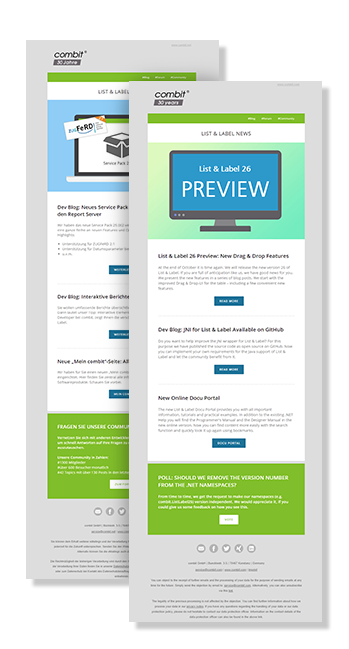Webhooks
Webhooks enable software to tell you that a particular event has occurred and thus trigger a response to the event. These are often used in connection with workflows and are enjoying increasing popularity. Many well-known products like GitHub, Discourse or Mattermost offer such an interface. With “Scheduled Reports” the new Report Server version now also offers the possibility to call up a WebHook and thus trigger a workflow as soon as the report has been generated.
In our example we used the free instant messaging service Mattermost and integrated it into our infrastructure. A documentation about the possibilities of the Mattermost webhooks can be found here.
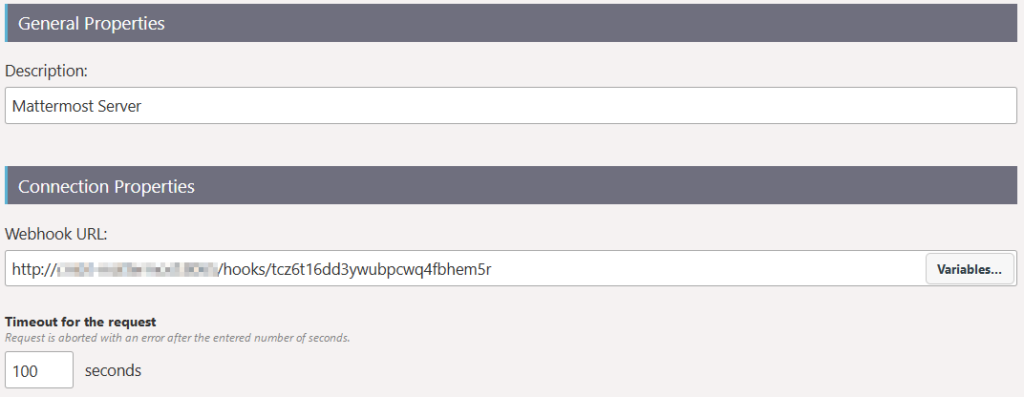
There are a number of configuration possibilities, including the possibility to define your own fields which are then transferred to the Webhook via HTTP.
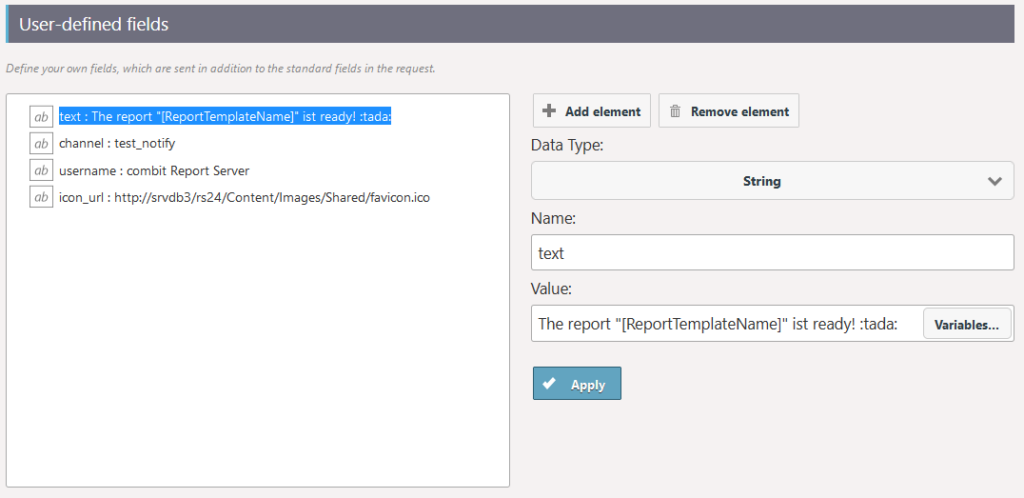
Assistant for Data Source Parameters
In our first blogpost about new features of combit Report Server 25, we wrote about the new assistant for data source parameters. This assistant is now also available for Excel, XML and CSV data sources and allows parameterization of the data source. Also new is the support of queries for PostgreSQL data sources. The query wizard is now also available here.
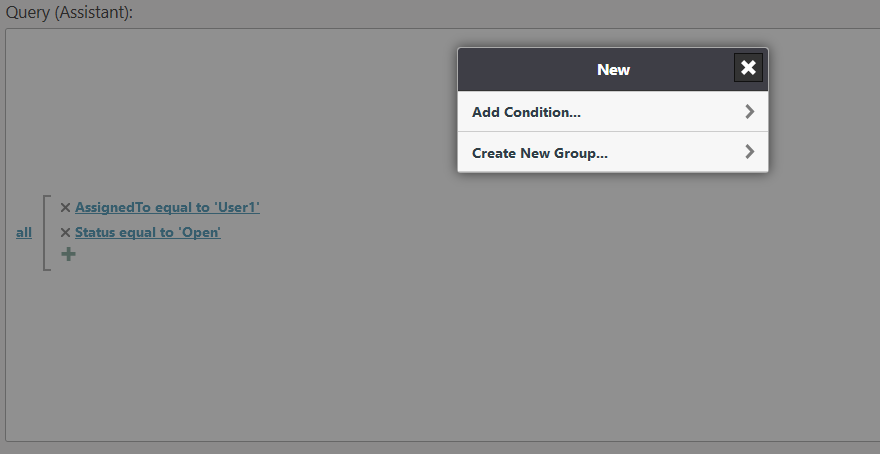
JSON with Main Table
A further improvement was made to JSON-based data sources (REST and JSON). The name of the main table (root element) can now also be changed.
Import and Export of Settings
To transfer data from one combit Report Server instance to another, the entire database had to be copied using Microsoft SQL Server Management Studio, for example. This is no longer necessary, especially if you only want to copy a certain report template. Version 25 now offers a new import and export option.
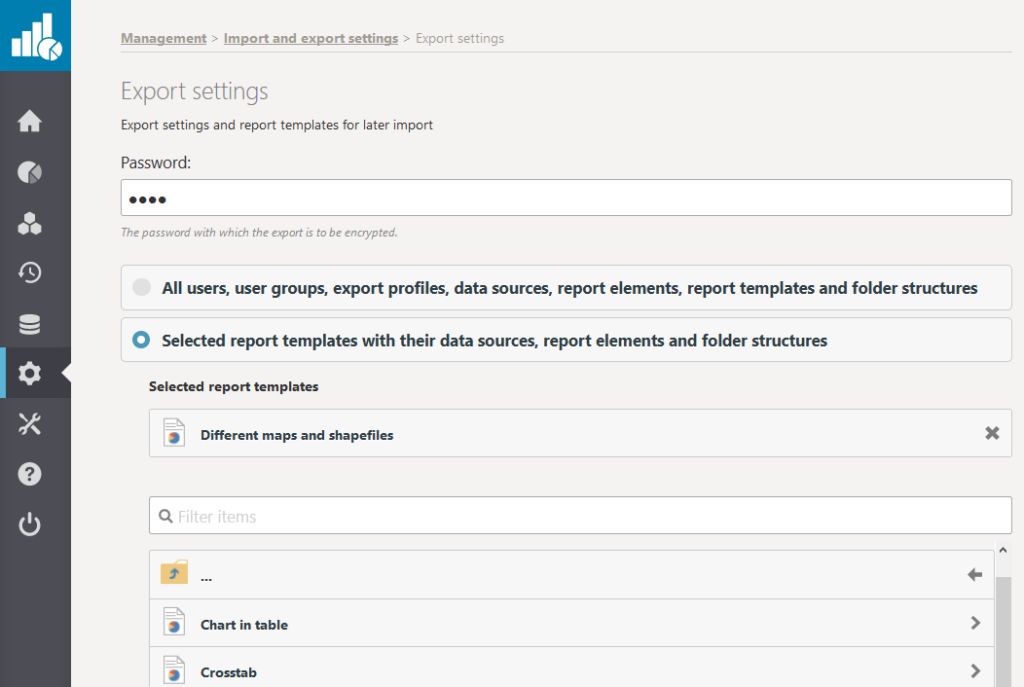
Manage Connection Strings
Connection strings are a software developer’s tool when it comes to ODBC, OLEDB or ADO.NET data sources. They contain not only the server name or IP address, but also the access data and various other parameters. A good overview can be found e.g. at www.connectionstrings.com or in the respective documentation of the data source or database.
For some data sources it was already possible to use them in “Expert Mode”. A new feature is the administration of connection strings. This allows you to decouple a data source from the actual connection data. For the data sources that offer the Expert Mode, you can now select from the preconfigured connection strings.
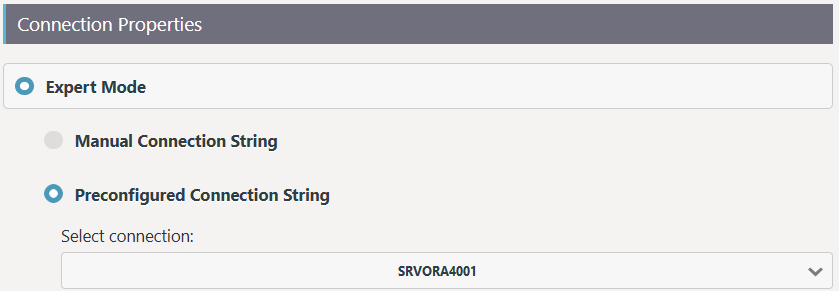
New GraphQL Data Source
Another new feature is the GraphQL data source, which will be covered in detail in a separate article at the beginning of December.
Together with the first article Features and Improvements Part 1, we now have informed you about the most important innovations.
For over 20 years Alexander Horak is engaged in software development and has already worked at combit during his computer science studies. Nowadays, he is Head of Development of the combit Report Server, an ASP.NET MVC based Enterprise Reporting solution. In his spare time he loves soccer and is an active supporter of FC Bayern Munich.





